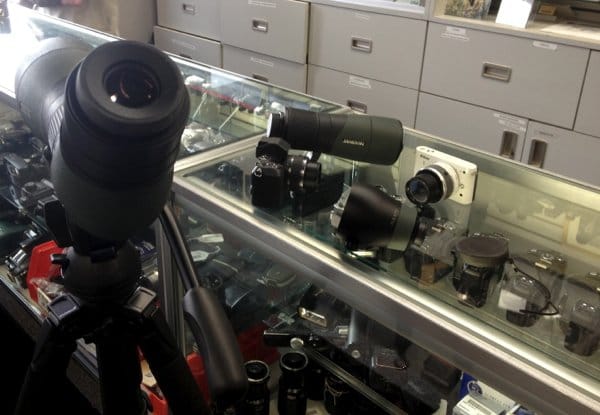
I give a lot of workshops all over the country. One of my most popular requests is for a digiscoping program, using a digital camera (point and shoot, SLR or smartphone) along with a spotting scope. It’s perfect for someone who is a wildlife watcher first and a photographer second. Because the techniques generally involves a spotting scope and camera, people aren’t sure where to start. Rule one: start with the spotting scope. Spend as much money as you can safely afford, a scope will last you decades, a camera…not so much. Spend as much as you can on good quality glass, warranty and light gathering ability. If you know you are going to digiscope, take a look at the camera adapters the scope companies make and let the ease of use inform your purchasing decision. Generally, the camera adapter made by the scope company is going to work best with the scope.
After you have your scope and your camera adapter, take that equipment to a camera store and test away. I recently got the new Swarovski ATX scope and camera adapter and took it to a store near me called National Camera Exchange. I had read Mike McDowell’s blog and got an idea of the camera I wanted and could afford, but kept an open mind while we tested different cameras with the scope. Really, do not be shy about taking your scope in to a camera store. I know some photography salesmen do not get digiscoping and so it’s a good idea to bring everything in, they may not understand the adapter that fits the scope and it will help them serve you better to see exactly what you are working with.
I even took in my old camera, my Nikon D40 to see how it would work. Interesting…it does not work with the new Swarovski adapter. The new adapter requires you to remove the lens on your camera and attach it directly to the camera body. The D40 doesn’t think you have any lens attached and refuses to work.
After lots playing, I settled on the Nikon V1 which still required a T ring and an FT1 ring that has electronics in it that tells the camera body, “Yeah, really, there is a lens on here, it’s ok to take photos.” I will say that I played with the new V2 and if feels fantastic in the hand, but the V1 has been recently discontinued and you find it for for $350 which was far more agreeable to my budget.
I can still hold up my iPhone 4s to the scope but that’s more for quick shots to send to Twitter and Facebook. All of the adapters that I had for securing the iPhone to the scope do not work with this new eyepiece, but I’m sure someone will figure something out soon.
When I give workshops, I almost always have someone come up to me and tell me how much they have spent on a spotting scope and camera and that every photo they take is utter crap. I always ask how many photos they have taken and the number is rarely past 30. You’re going to need to take a lot more photos than that with your new set up. Also, the absolute worst time to get a new camera set up is right before you leave for a birding trip. It’s best to be as familiar with your camera as possible so you don’t miss shots (and views) of those life birds. I got my new set up about 2 weeks before heading to Florida and tried to work in as much practice as I could. I didn’t wait for a rare bird show up, I just went to a local duck pond where the townsfolk feed the waterfowl ample amounts of bread and corn and kept my finger on the shutter button. So many of my first photos were like this:
Arty? Sure. Great? Nope!
It took me about two days and a little over 2000 photos to get an idea of how all the bells and whistles work on my camera with my scope. I had to relearn on the new Nikon which settings were best for cloudy, which for sunny…and which settings on the camera just flat out do not work when used for digiscoping.
But I finally figured out the light settings and got photos of a Canada Goose that’s decent.
Of course a camera is half the battle. There’s lighting and skill but when those elements line up, this new camera can get some incredible photos like the above Wood Duck. This camera also has an HD video feature and it’s amazing. I also learned in my practicing that HD can eat away a lot of space quickly on your SD cards, even an 8 gig. After a card and a backup filled up quickly, I felt like Roy Scheider in Jaws, “We’re gonna need a bigger boat.”
A friend is loaning me his 32 gig card for Florida so I can add that to the arsenal and see if purchasing one (or more) of those is the next logical step.
Speaking of digiscoping, I’ve set a challenge for myself to see how many different species I can digiscope in a year. It started as a fundraiser for Sax Zim Bog, MN so a visitor center can be built for all the birders who visit from around the globe. If you have ever visited the bog, you should consider donating–I don’t care if you pledge in my effort or another participant, this is a great spot that needs all the habitat preservation it can get.
The fundraiser runs through June, but I’m going to keep my digiscoping challenge running all year and you can see the birds that I post on this Flickr set.

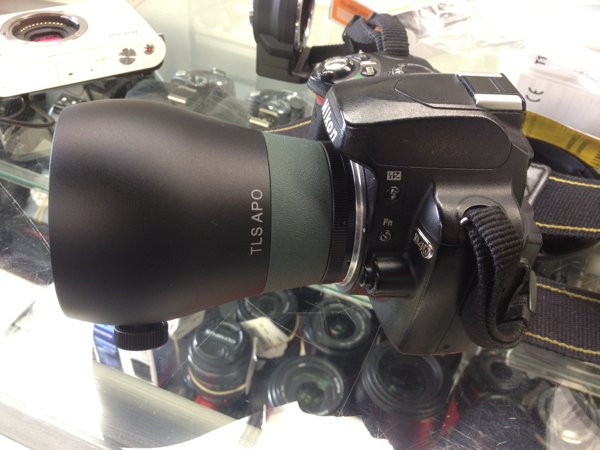
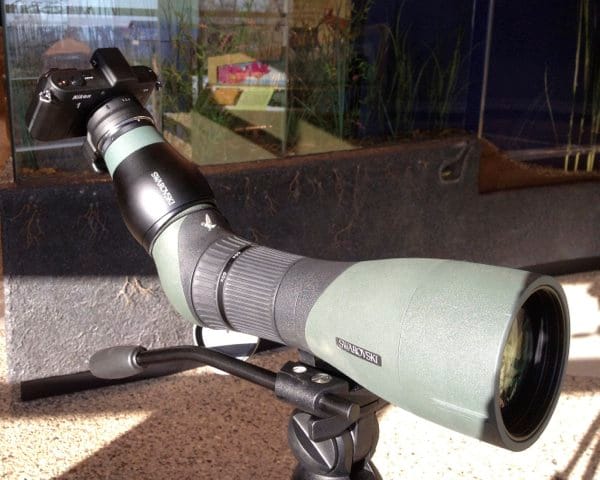
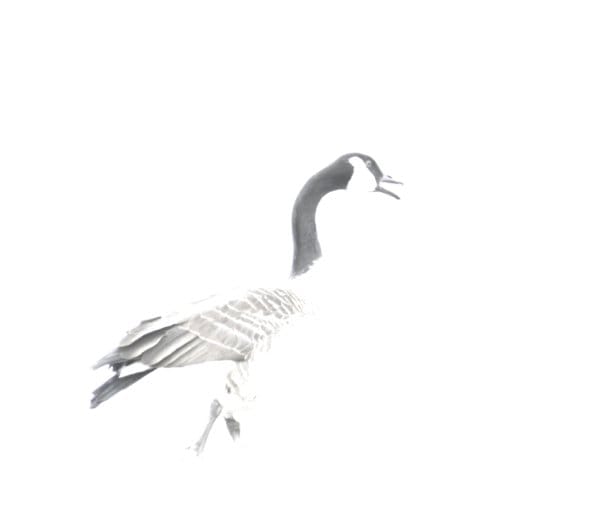
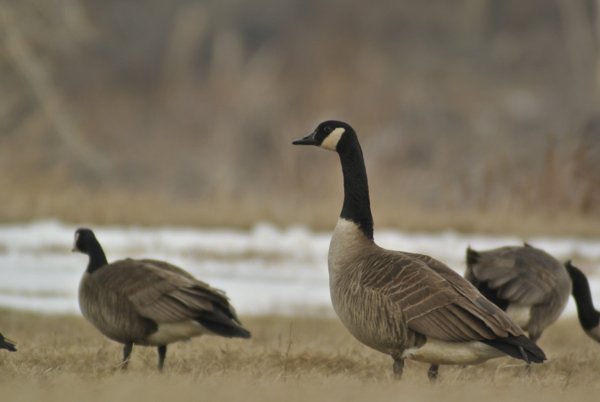
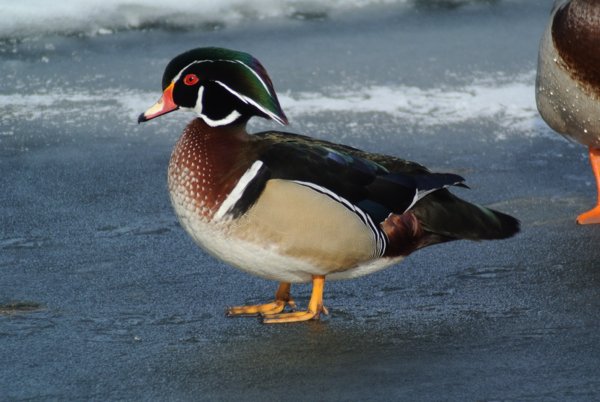










actually that first one is one of the best CAGO photos ever!
You know, Hugh, I kind of like it too…
Hi, is the sharpness of the birds shown here the true max. sharpness or have they been compressed or degraded somewhat for publishing/printing reasons? Sharpness is the issue for me before moving in this direction.
Thanks for your work, Skip